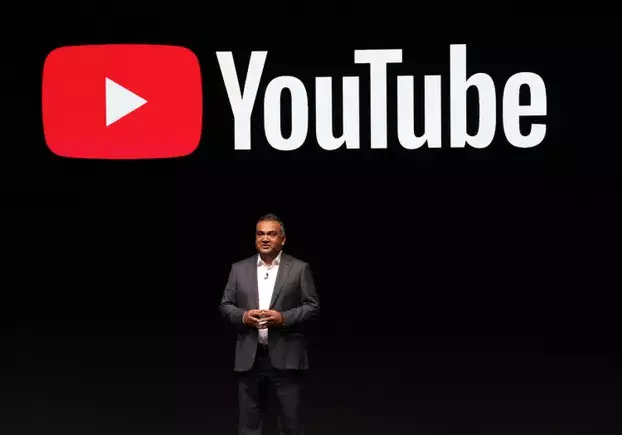YouTube, the giant of online video content, is poised to revolutionize the way creators engage with their audience by introducing Google’s advanced generative AI tools, specifically Veo 3, into the YouTube Shorts platform. Announced at the Cannes Lions Festival, where the platform celebrated its two-decade legacy, this move not only enhances the landscape of digital creativity but also raises significant questions about the essence of artistic expression in the age of artificial intelligence.
An Era of Enhanced Creativity with AI
YouTube’s CEO, Neal Mohan, shared exciting news concerning the expansion of Veo, a tool that transforms text input into compelling video content. “I’m proud to share that Veo 3 will be coming to YouTube Shorts later this summer,” he stated, emphasizing the doors these tools will open for creators. This development heralds a new era for those looking to explore the boundaries of creativity without the usually stringent prerequisites of traditional video production. Here lies a fantastic opportunity for budding creators—those who previously felt overshadowed by seasoned professionals now have tools at their fingertips that can help bridge the talent gap.
However, with great power comes great responsibility. As AI-generated content becomes more accessible, we must ponder the quality and originality of the material produced. Will Veo 3 empower authentic creators, or will it lead to a deluge of mediocre content that floods the platform, drowning out genuine creativity? The quality of storytelling and engagement will remain paramount, rendering mere aesthetic appeal secondary in the enduring competition for viewers’ attention.
Insightful Trends Shaping the Future
Simultaneously, Mohan revealed staggering usage statistics that showcase the rapid evolution of YouTube as a platform. Shorts are now enjoying more than 200 billion views daily, a testament to the public’s voracious appetite for quick-hitting content. Additionally, over a billion hours of YouTube content is being consumed daily on connected television devices, signifying a significant shift in how audiences interact with video. Channels that once relied solely on traditional formats are now shifting their focus to create content tailored for this increasingly popular medium.
The data also illuminate users’ growing penchant for longer-form content, as viewers seek out movie-length films and documentaries on the platform. Interestingly, podcast content is gaining traction, drawing in a staggering billion participants monthly. This blend of short- and long-form content suggests a diversification of viewer preferences that creators should closely analyze to develop their content strategies effectively.
Creativity Amidst the Noise
While the expansion of generative AI tools like Veo 3 means that more people can produce video content, the immediate risk is oversaturation. Content suddenly becomes easier to create, which can lead to a rise in uninspired videos that may mislead audiences into believing that creativity without talent is indeed possible. The heart of content creation has always been the narrative, and the advent of tools that can generate stunning visuals does not eliminate the need for a compelling storyline or engaging concepts.
As such, it becomes crucial for creators to leverage the strengths of AI while maintaining their unique voice. The distinction between mere execution and profound storytelling remains. The best creators will be those who know how to weave technology into their artistry rather than letting it overshadow their inherent capabilities. Furthermore, given the sheer volume of content being produced—fueled by innovative AI tools—originality will stand out more than ever before.
Opportunities for Marketers and Creators
For marketers and content strategists, the evolution of YouTube cannot be ignored. Understanding the shifting dynamics and the influx of AI-generated content will become essential for maximizing engagement and returns on investment. The growing footprint of connected TVs and the rise of longer content formats indicate shifting consumption patterns that could alter marketing strategies. Embracing this change means recognizing the potential of YouTube as a trade platform that facilitates access to diverse audiences, leveraging data to fine-tune outreach efforts.
The tools available today empower a broader swath of creators to participate in the digital marketplace. However, it is equally important for brands to discern the implications of this evolution, including how AI-generated media might fit within a larger campaign. By prioritizing genuine content and authentic engagement strategies, brands can utilize YouTube’s powerful platform to connect meaningfully with audiences while navigating the landscape of AI-enhanced creativity.
Thus, as we venture into this exciting phase of technology-driven creativity, it is crucial to not just harness the tools but also to uphold the long-standing values of storytelling and unique perspective—those are the elements that truly keep audiences captivated.


Leave a Reply